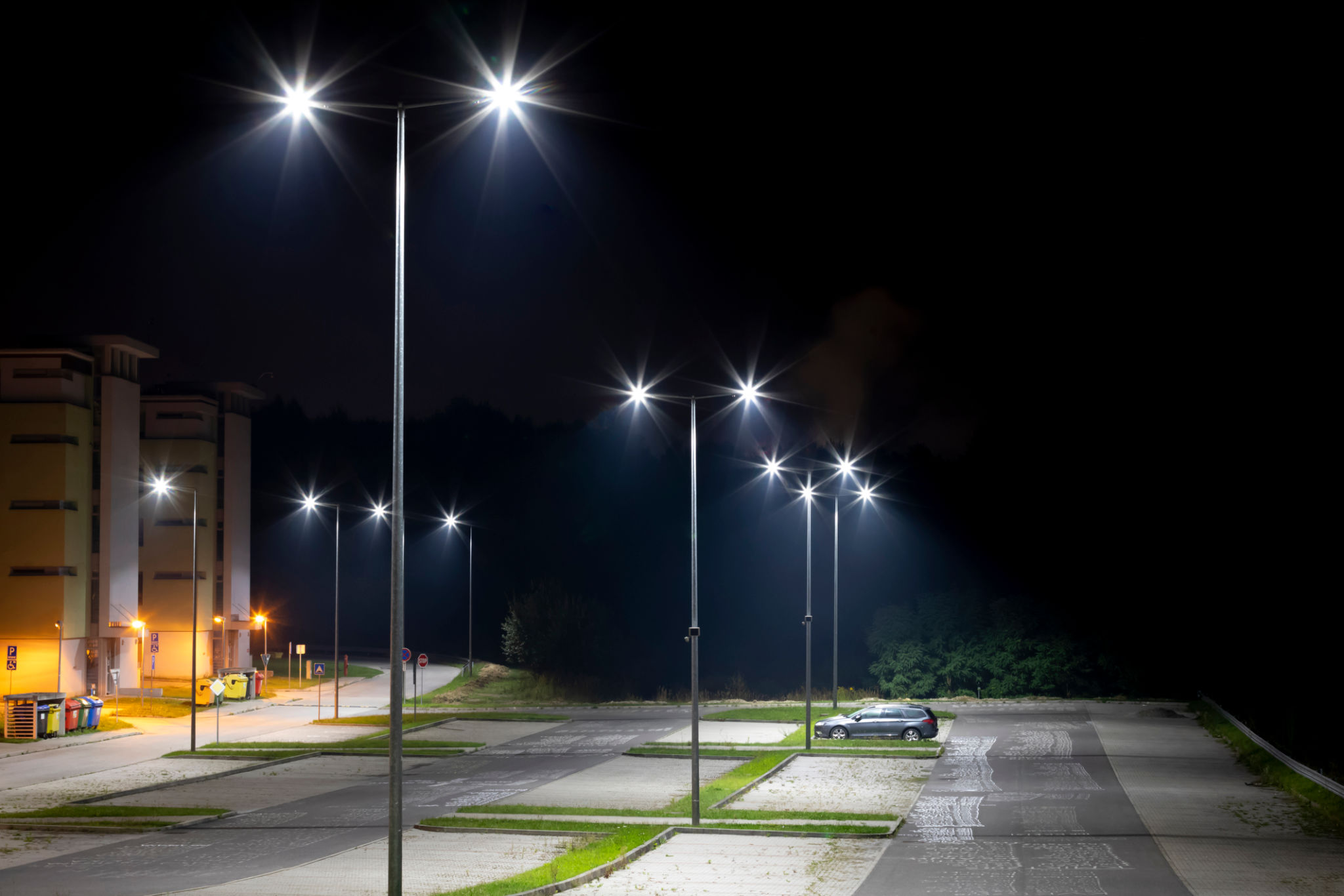How to Choose the Right LED Light Fixtures for Your Industrial Project
Understanding Your Industrial Lighting Needs
When planning an industrial project, selecting the right LED light fixtures is crucial for ensuring safety, efficiency, and cost-effectiveness. The type of lighting you choose can significantly impact the work environment, energy consumption, and overall productivity. Before diving into specific options, it's essential to understand the unique lighting needs of your project.
Begin by assessing the size of the area that requires lighting, the height of ceilings, and any specific requirements related to tasks being performed. Each of these factors will influence the type and intensity of lighting that will be most effective. Consider also the operational hours and how often the lights will be used, as this will affect your energy consumption and maintenance plans.

Types of LED Light Fixtures
LED technology offers a wide range of fixture options, each suited for different environments and purposes. It's important to familiarize yourself with these types to make an informed decision:
- High Bay Lights: Ideal for spaces with high ceilings, such as warehouses and manufacturing facilities. They provide bright and uniform lighting over large areas.
- Low Bay Lights: Used in spaces with lower ceilings. They are suitable for smaller industrial areas where more focused lighting is required.
- Flood Lights: Perfect for outdoor settings or large indoor spaces requiring wide coverage. They offer powerful illumination over expansive areas.
Each of these options has specific features that make them suitable for certain industrial applications. Understanding these distinctions can help you make the right choice for your project.
Energy Efficiency Considerations
One of the main advantages of LED fixtures is their energy efficiency. Compared to traditional lighting solutions, LEDs consume significantly less power and have a longer lifespan. This not only reduces operational costs but also contributes to environmental sustainability.
When choosing LED fixtures, look for those with high luminous efficacy, which measures the amount of light produced per unit of energy consumed. Additionally, consider fixtures with dimming capabilities and automated controls to further optimize energy usage based on your operational needs.

Durability and Maintenance
In industrial settings, durability is a key consideration. LED fixtures are known for their robust construction and resistance to shock, vibration, and extreme temperatures. This makes them particularly well-suited for demanding environments.
Maintenance is another critical factor. Choose fixtures that require minimal upkeep and have easily replaceable components. This will help reduce downtime and maintenance costs over time. Opt for fixtures with a high Ingress Protection (IP) rating to ensure they are well-protected against dust and moisture.
Safety and Compliance
Ensuring that your lighting solutions meet safety standards and regulations is essential in any industrial project. Look for LED fixtures that comply with relevant certifications and standards, such as UL or CE markings. These certifications indicate that the products have been tested for safety and performance.
Additionally, consider the color rendering index (CRI) of the lights. A higher CRI means that colors are rendered more accurately, which can be crucial in tasks requiring precision and attention to detail.

Cost Considerations
While LED fixtures can have a higher upfront cost compared to traditional lighting options, their long-term benefits often justify the investment. Calculate the total cost of ownership by considering not only the purchase price but also energy savings, maintenance costs, and potential rebates or incentives available for energy-efficient installations.
By carefully evaluating these factors, you can select LED light fixtures that provide the best value for your industrial project while meeting all functional and regulatory requirements.